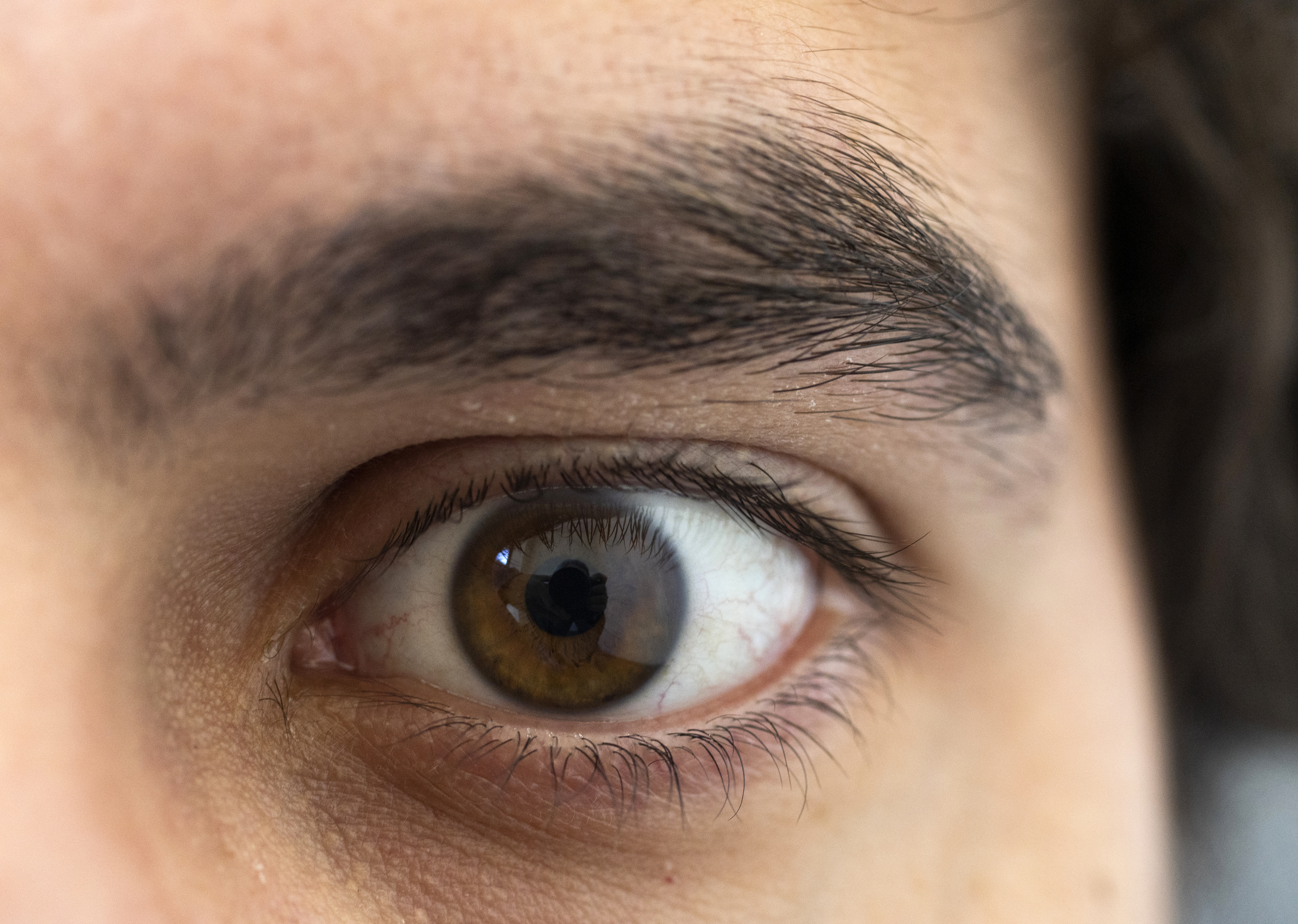A team of scientists claims to have discovered a new color that no human had seen before. The research is based on an experiment in which researchers in the United States used pulsed laser beams directly into the participants' eyes.
By stimulating specific cells in the retina, the participants claim to have perceived a greenish-blue color that the scientists have named "olo," although some experts have said that the existence of a new color remains "open to debate," as reported by the BBC.
The findings, published on Friday in the journal Science Advances, have been described as "remarkable" by the study's co-author, Professor Ren Ng, from the University of California. The results could help advance research on color blindness.
Professor Ng, who was one of the five participants in the experiment, said on BBC Radio 4's Today program yesterday, Saturday, that "olo" was "more saturated than any color that can be seen in the real world." "Let's say you spend your whole life seeing only pink, pastel pink, a pale pink," he explained.
"And then, one day you go to the office and someone is wearing a shirt that is the most intense pink you have ever seen, and they tell you it's a new color and we call it red." During the team's experiment, the researchers projected a laser beam into the pupil of one eye of each participant.
There were five participants in the study -four men and one woman- all with normal color vision. Three of the participants -including Professor Ng- were co-authors of the research article.
According to the study, the participants looked into a device called Oz, which consists of mirrors, lasers, and optical devices. The equipment was previously designed by some of the researchers in this project -a group of scientists from the University of Berkeley and the University of Washington- and was upgraded for this study.
This would be the exact shade of "olo," according to the scientists.BBC
The retina is a layer of light-sensitive tissue located at the back of the eye, responsible for receiving and processing visual information. It converts light into electrical signals, which are then transmitted to the brain through the optic nerve, allowing us to see.
The retina contains cone-shaped cells, which are responsible for perceiving colors. There are three types of cone cells in the eye: S, L, and M, and each is sensitive to different wavelengths: blue, red, and green, respectively.
According to the study, in normal vision, "any light that stimulates an M cone cell should also stimulate its neighboring L and/or S cones," because their functions overlap.
However, in this experiment, the laser stimulated only the M cells, "which, in principle, would send a color signal to the brain that never occurs in natural vision," the article points out.
This means that the color "olo" cannot be seen with the naked eye in the real world without specific stimulation. To verify the color observed during the experiment, each participant adjusted a controllable color dial until it matched.
Some experts, however, argue that the perceived new color is a "matter of interpretation".
Professor John Barbur, a vision scientist at City St George's University of London, who was not involved in the study, said that while the research is a "technological feat" by selectively stimulating cone cells, the discovery of a new color is "open to debate."
He explained that if, for example, red cone cells (L) are stimulated in large quantities, people would perceive "an intense red," but the perceived brightness can vary depending on changes in the sensitivity of the red cone cells, not very different from what happened in this study.
However, Professor Ng, a study co-author, admitted that although "olo" is "certainly very difficult to see from a technical standpoint," the team is studying the findings to explore what they could potentially mean for people with color blindness, who have difficulties distinguishing certain colors.

